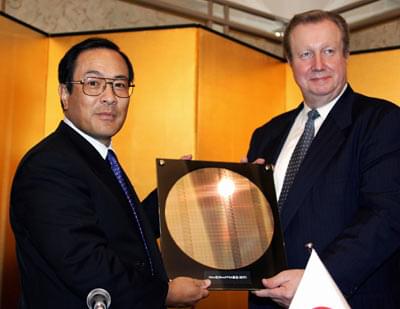For example: “If you’re worried about immigration, you should be way more concerned about AI” — for the impact on jobs, cultural stability, and social predictability.
Ex-Google Insider and AI Expert TRISTAN HARRIS reveals how ChatGPT, China, and Elon Musk are racing to build uncontrollable AI, and warns it will blackmail humans, hack democracy, and threaten jobs…by 2027.
Tristan Harris is a former Google design ethicist and leading voice from Netflix’s The Social Dilemma. He is also co-founder of the Center for Humane Technology, where he advises policymakers, tech leaders, and the public on the risks of AI, algorithmic manipulation, and the global race toward AGI.
Please consider sharing this episode widely. Using this link to share the episode will earn you points for every referral, and you’ll unlock prizes as you earn more points: https://doac-perks.com/
He explains:






